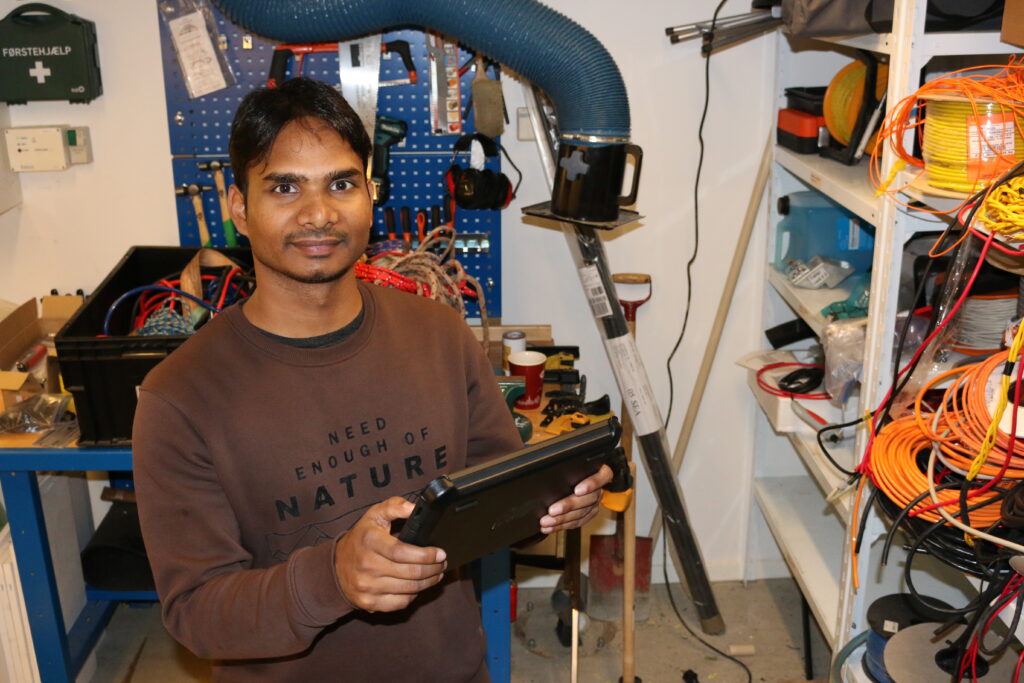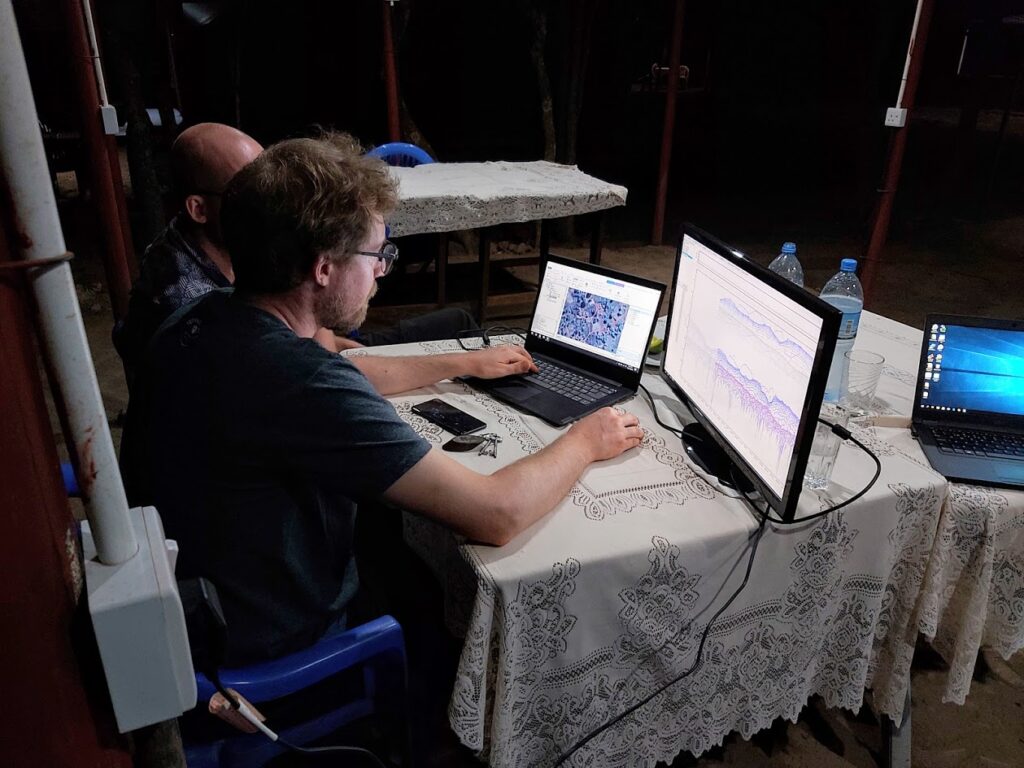Most people in the water industry know that drilling a borehole is usually the most expensive part of a water project. So naturally, it would be great to be able to tell exactly where there is enough groundwater before you start drilling. For the past year, the Foundation has been partnering with researchers from AU GeoScience’s HydroGeoPhysics Group in a project to develop a tool doing just that and making it suitable for field use in developing countries.
Since kicking off the project, the researchers have been conducting two field campaigns, and already they have learned a lot, which they are eager to share with the world.
Three dedicated TEM technology sessions
On Monday, 24 August, attendees had the chance to meet the researchers face to face in three online sessions as part of the World Water Week At Home programme. The sessions were recorded to ensure a wider audience. Further resources are available on the research group’s website and in this guide.
- NOTE: you need to accept cookies to watch the embedded videos below. Go to our Cookie policy if you need to change your settings.
Watch session 1: 25-minute general introduction followed by an interactive Q&A session.
- Find more session 1 content at worldwaterweek.org
Watch session 2: Condensed introduction to the “hardware” side of the project:
- Find more session 2 content at worldwaterweek.org

Postdoc Pradip Kumar Maurya is in charge of the research equipment. Photo: Poul Due Jensen Foundation
Session 3: 25-minute introduction to the “data management” side of the project followed by a Q&A-session.
- Find more session 3 content at worldwaterweek.org
Associate Professor Denys Grombacher uses TEM (Transient ElectroMagnetics) technology to create 3D mapping enabling smart management of scarce water resources. Photo: Pradip Kumar Maurya, Postdoc, AU GeoScience
Join World Water Week from home
World Water Week At Home offered 120 sessions taking place 24 to 28 August, 2020. Many sessions have been recorded and added to the World Water Week YouTube playlist.


